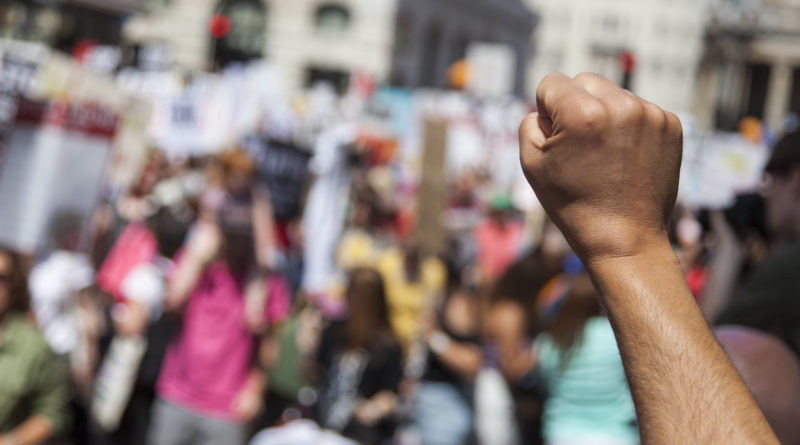Why Are Stay-at-Home Protests Happening?
11,436 total views, 1 views today
To limit the spread of the deadly COVID-19 virus and help flatten the curve, American citizens have been advised to shelter in place unless absolutely necessary. Each state has enacted its own rules regarding social distancing and staying at home, and this discrepancy in rules among states – each of which has different levels of COVID-19 infections – may partially explain why stay-at-home protests are starting to happen. However, this factor is just one of many in a complicated web of reasons.
Why are stay-at-home orders important?
Before understanding why stay-at-home protests are happening, it’s vital to understand why stay-at-home orders are important. To some, the COVID-19 fatality rate – between two and seven percent worldwide – seems minuscule, but applied to a population of 328.2 million Americans, this fatality rate means that the pandemic could kill nearly 23 million people if the entire American population were infected. COVID-19 is extremely contagious even in asymptomatic people, and anybody with the infection can spread it to someone within six feet of them by merely talking or breathing. Stay-at-home orders thus attempt to limit the number of contacts among people, as transmission can easily happen between two or more completely asymptomatic people.
Stay-at-home orders also stabilize the American healthcare system. Even if COVID-19 ultimately does not infect even a majority of the American population, the hospitals where between 0.3 and 17.2 percent of infected patients have gone for treatment quickly became overwhelmed and approached their maximum capacity when the virus arrived stateside. Numerous reports have emerged of hospitals struggling to keep up over the past month.
So, then, why are stay-at-home protests happening?
It stands to reason that if staying at home is the most effective way to prevent the spread of COVID-19, then doing so is key for stabilizing the healthcare system and minimizing the virus’s fatality rate. Not all Americans see it that way. In at least 13 states, protestors gathered last week to demand that state governors reverse stay-at-home orders. These protestors tend to see stay-at-home orders as an overreach of state government power.
In Florida, for example, a protest organized by a group called Liberate South Florida included signs claiming that “a flu with a 98% recovery rate” does not allow the government to infringe upon Americans’ constitutional rights. It remains debated whether the Constitution delineates changes to Americans’ freedom to assemble, associate, and travel during a public health crisis and whether the word “assemble” as used in the Constitution applies to just citizens’ right to protest or to their right to gather in any way.
Stay-at-home protests may also be fueled by President Trump’s continuous, potentially dangerous battle against states to reverse their orders. Some journalists and experts on recent U.S. history have compared stay-at-home protests to the rise of the Tea Party in the late 2000s. These commentators also argue that these protests result from Trump blaming state governors for the COVID-19 pandemic rather than owning up to the federal government’s numerous alleged mistakes.
No matter their logic, stay-at-home protests directly ignore a key rule of most state limits imposed to combat COVID-19. Large gatherings are prime sources of COVID-19 transmission and are banned in many global destinations, so stay-at-home protestors could soon be stricken with the exact illness fueling their ire.

